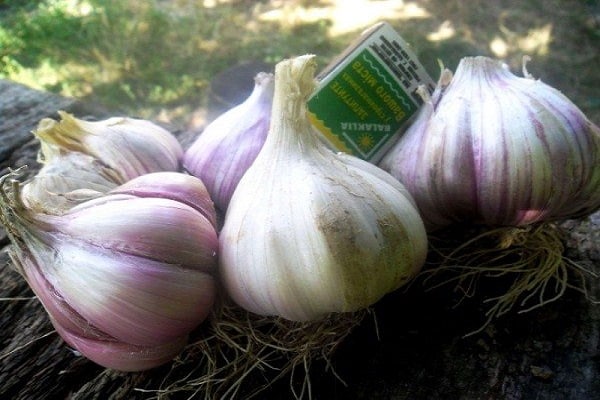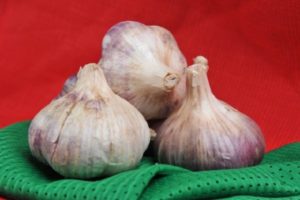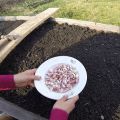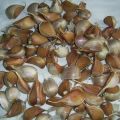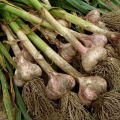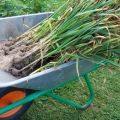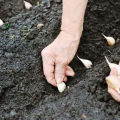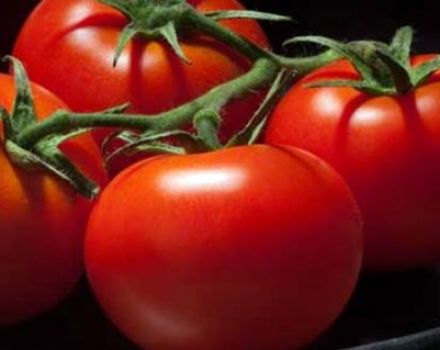When is it necessary to dig garlic in Kursk, Voronezh, Belgorod, Lipetsk and other regions?
In the agroclimatic zone of the Central Chernozem region, both winter crops and spring types of garlic... Winter varieties are harvested in mid or late July. Spring plantings of garlic ripen 2–3 weeks later. A more accurate forecast can be made if the growing season is known, which for different varieties can have a duration of 95 to 135 days.
Let's try to define harvest time for winter or spring garlic for areas included in the zone of the Central Black Earth Region. These include the Kursk, Tambov, Lipetsk, Belgorod and Voronezh regions. In these areas, all the necessary growing conditions are present for garlic. The composition of the soil is on average the same. There are differences in the duration of frost-free periods and the transition of average daily temperatures to positive values. We will assume that the cultivation technique is fully consistent with the norm.
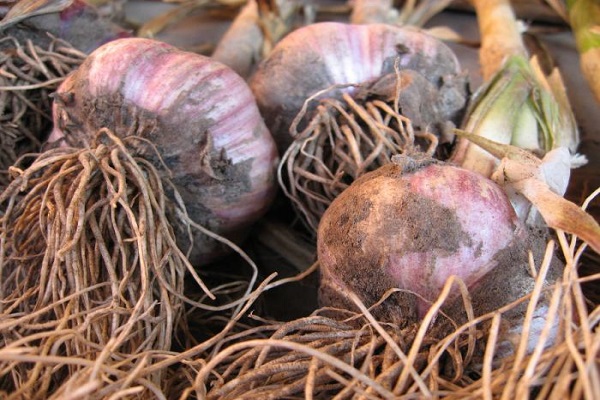
Important! Winter and spring garlic varieties are harvested 2-3 weeks apart.
How to calculate the cleaning date?
Spring garlic is sown 40–45 days before the onset of persistent winter frosts. During the autumn period, the teeth take root well and start growing with the onset of spring. Bulbs germinate when the average daily temperatures pass to positive values. This will be the main starting date for calculating the harvest time. At an average daily temperature of 5-8 degrees Celsius, the plant starts to grow and until ripening it will take 90-100 days.
According to statistics, periods of warming with average daily values above 5 degrees Celsius begin:
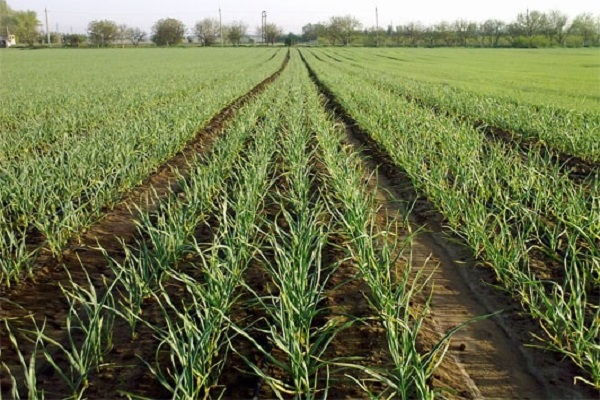
- in the Lipetsk region - in the last days of March;
- in Voronezh and Belgorod regions - in early April;
- in the Kursk region - in mid-April;
- in the Tambov region - in the third decade of April.
This means that winter garlic is dug up:
- in the Lipetsk region in early July;
- in Voronezh and Belgorod - in mid-July;
- in Kursk - in the third decade of July;
- in Tambov and the surrounding area, the harvest is harvested in early August.
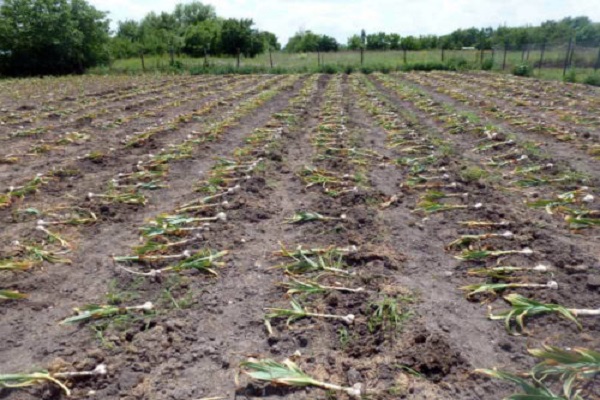
The difference in terms of collection is present even within each territory, in the north and south of the region. Therefore, the answer to the question of when to dig garlic in the Kursk region may have several options.
Similar calculations are valid for spring garlic. With the transition of average daily temperatures to positive values, an intensive accumulation of heat occurs, and after 10-15 days they begin planting.

Unlike winter varieties, garlic cloves planted in spring spend a lot of time rooting. Therefore, even varieties with a very short growing season are not able to catch up with autumn plantings in growth.The difference between collection periods is from two weeks to a month.
The Central Black Earth Region, with a temperate continental climate, is ideal for growing spring garlic. Despite certain differences in temperature and rainfall in different regions, the bulbs have time to ripen by the third decade of August.

It is impossible to combine harvesting of spring and winter types of garlic. Moreover, overripe bulbs literally fall apart into slices. In addition to losing its presentation, such garlic is poorly stored.
How to determine readiness?
In order not to be late with harvesting, you need to carefully observe the plants during the period of bulb formation.

- In garlic, leaves germinate sequentially. A new leaf grows inside the previous one, forming a false stem. As soon as growth stops, the hollow stem loses its stability.
- A gradual yellowing and dying off of the feather begins. First of all, the outer row of leaves turns yellow, which appeared earlier than the rest.
- The false stem dries out, forming an onion neck. The thinner it becomes, the faster the bulb ripens.
- In plants with a remote arrow or in non-shooting varieties, drying out and lodging of the bulk of the feather indicates the readiness of the bulbs for harvesting.
- In shooting plants, you can determine when to dig out garlic by the state of the peduncle. The inflorescence wrapper that holds the bulbs cracks, dries up, acquires the color characteristic of the variety.
- As each leaf dries up, a dry, covering layer is formed on the bulb of the succulent scales, which acquires the color characteristic of this variety.
For a more accurate assessment of the readiness of the bulbs for harvesting, it is enough to dig up a few plants and make an assessment based on external signs. The structure of the teeth should be clearly visible in the dug out plants. The cover layer must be strong, have a characteristic color for the variety and reliably protect the integrity of the bulb.
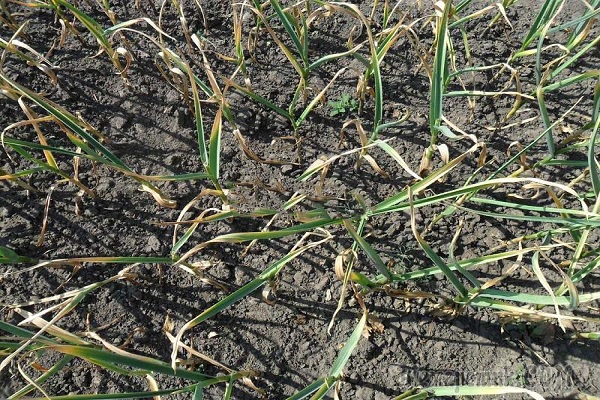
If there is no way to wait for the complete ripening of the bulbs, or unfavorable weather conditions develop, then I would have dug up the garlic early. The green feather will provide the head with power until it dries completely. The bulb will complete its life cycle in a comfortable environment and enter a dormant state.
Important! Long-term use of the same planting material leads to a change in varietal characteristics.
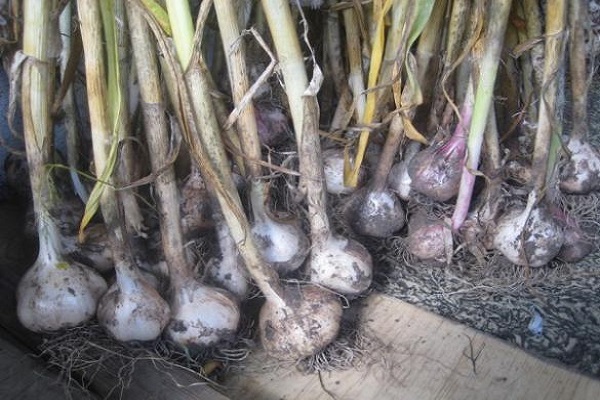
Which variety should you choose?
Unfortunately, garlic is most often planted on personal plots, the variety and duration of growth of which can only be determined conditionally. Planting material is obtained from the collected heads. Of course, with proper storage and preparation of seed, you can get a good harvest. But over time, the bulbs become smaller, their quality deteriorates. The reason for this phenomenon may be a banal non-observance of crop rotation, due to a lack of space on the site. Shooted winter varieties independently produce valuable seed material in the form of bulbs.
Spring varieties are extremely rare, which means that they reproduce exclusively vegetatively, with the help of their own teeth. Therefore, it is necessary to renew seed stocks at least once every 5–6 years.
For the Central Black Earth Region, it is easy to find varieties of garlic:
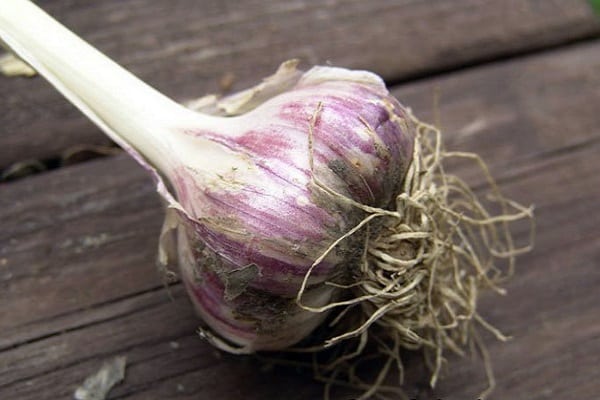
- for planting in the autumn, the varieties "Komsomolets", "Alkor", "Dobrynya", "Lyubasha" are suitable;
- spring varieties garlic "Gulliver" and "Sochi 56" will take about 95 days on average to fully ripen;
- for spring planting, the "Parus" variety is suitable, which ripens two weeks later;
- "Aleyskiy" garlic belongs to late-ripening spring varieties with a growth duration of more than four months;
- The "Yelenovsky" variety is very popular due to its high yield and ability to store well.
All these varieties are suitable for the territories of the Kursk, Tambov, Lipetsk, Voronezh, Belgorod regions. - zones of the Central Black Earth Region.By purchasing varietal seed not from the hands on the market, but from licensed points of sale, you can easily calculate the date of collection of the bulbs.
